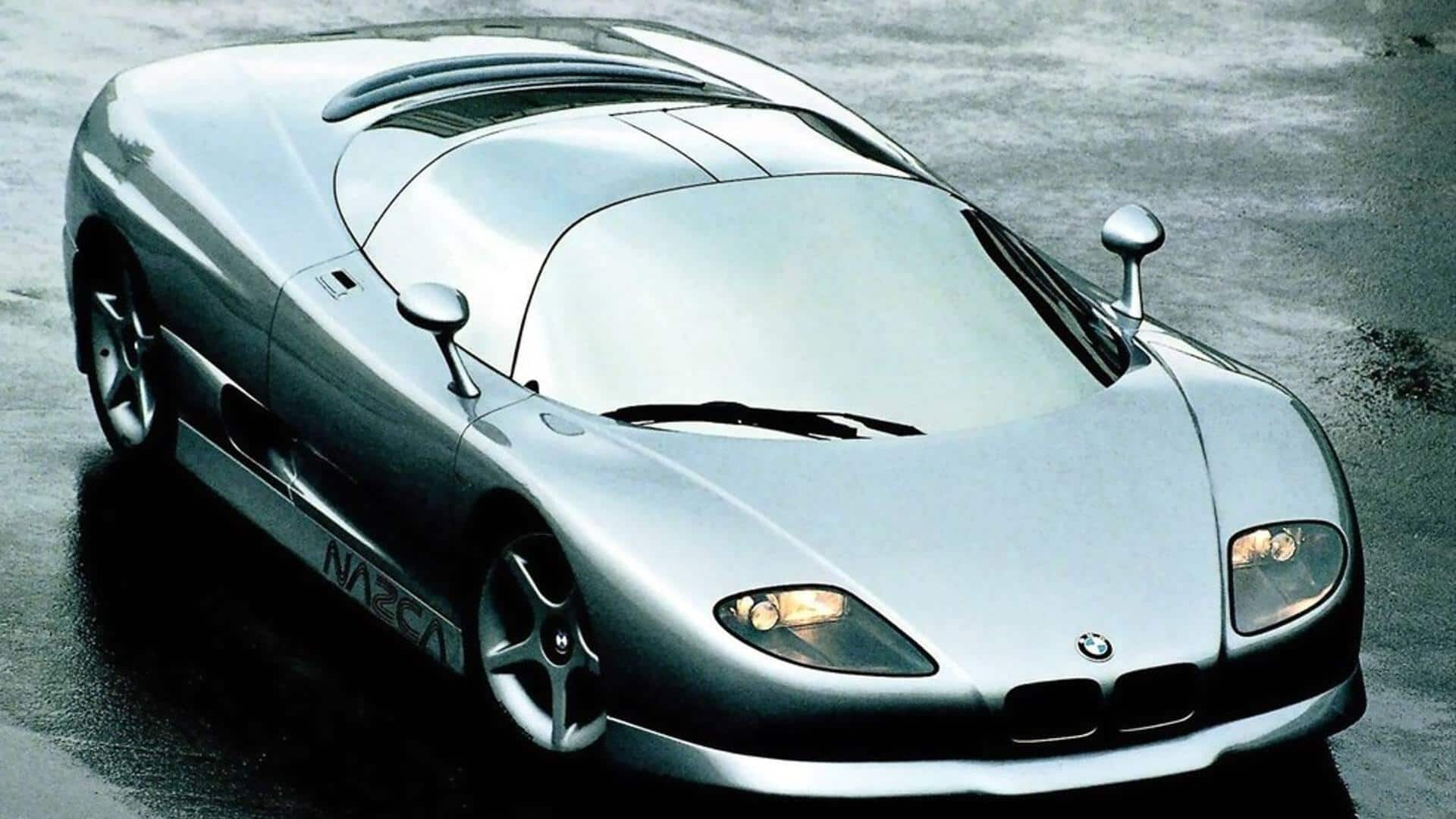
Nazca M12, BMW's most elusive supercar, arrives at Munich museum
What's the story
The elusive Nazca M12 supercar from 1991 is now on display at the BMW Museum in Munich. The car is part of the Belle Macchine exhibition, which celebrates Italian design and its connection to BMW. The stunning carbon fiber-bodied vehicle was designed by Fabrizio Giugiaro, son of Giorgetto Giugiaro who designed the M1 in the 1970s. Even after 34 years since its debut, this low-slung 'spaceship on wheels' still looks breathtakingly beautiful.
Design inspiration
A design inspired by Formula 1 and Group C cars
Fabrizio was just 26 when he designed the Nazca M12, his first car. The design was inspired by Formula 1 and Group C race cars. Despite its gullwing door-like appearance, the doors opened conventionally with separate, removable windows for open-air driving. Although officially not a production model, rumors suggest at least one unit may have been sold to the Sultan of Brunei, Hassanal Bolkiah. His car collection consists of approximately 7,000 vehicles, with a combined value of over $5 billion.
Engine details
Powered by a 5.0-liter V12 engine
The Nazca M12 was powered by BMW's M70 engine from the 7 Series (E32 750i) and 8 Series (E31 850i). The naturally aspirated 5.0-liter V12 produced a respectable 300hp, which was sent to the rear axle via a six-speed manual transmission. Even though it doesn't sound impressive today, back in its day, this supercar weighed just about as much as an E30 M3 at around 1,100kg or so.
Size specifications
The sleek body achieved a drag coefficient of just 0.26
The Nazca M12 stands just 1.1m tall but is nearly 2m wide, giving it an imposing presence. Despite its looks, it's relatively short at 4.37m long, about as long as an E30 model. The sleek body design achieved a drag coefficient of just 0.26—a remarkable feat back in 1991 and still impressive decades later.